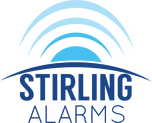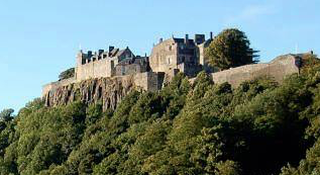|
21/5/2014 Electrical Testing Contract Each year we carry out hundreds of electrical tests (Electrical Installation Condition Reports - EICR) in domestic and commercial properties throughout Scotland. The reason for carrying out condition reports of electrical installations is to determine the current condition of electrical systems in terms of design and safety. This is to ensure compliance with current electrical wiring regulations and always plays a big part in health and safety management and for insurance purposes. We were delighted on Tuesday to be awarded the contract to carry out this testing on 50 properties in the Stirling area. 19/5/2014 Congratulations Stirling Albion19/5/2014 Carbon Monoxide Alarms Did you know that a change in Scottish Building Regulations means that from now Carbon Monoxide alarms must be fitted when installing a new or replacement fuel burning appliance such as boilers, fires, wood burners in any dwelling and residential building. So if you are having any of these appliances installed or replaced make sure the installer is also making sure you have a working life saving Carbon Monoxide alarm What is CO & why does it need to be monitored? Carbon Monoxide is an invisible, odourless, tasteless and extremely toxic gas that, if inhaled, can cause serious ill effects - justifying its name as 'The Silent Killer'. CO is readily absorbed by haemoglobin in the blood - approximately 240 times more efficiently than oxygen. This causes serious damage to the heart and brain from oxygen starvation. How is CO produced? Carbon Monoxide originates from the combustion of any fossil fuel - coal, bottled and natural gas, paraffin, wood, petrol, diesel, charcoal etc. What are the main sources of CO? All Fossil fuel burning appliances produce CO, this is normally vented through flues and chimneys to the outside atmosphere. However, if the process is not entirely efficient, CO can build up to dangerous levels. Examples of possible causes are: Poorly connected, blocked, cracked or corroded flue pipe/vent Flue pipes/vents are designed to allow the CO produced by the appliance to vent to the outside atmosphere. If the flue is not operating correctly or is damaged, CO may leak into the property. Even if there is an annual check on the appliance/s, flues and vents remain a potential hazard. Back drafting Building Regulation requirements for energy efficient homes and a greater emphasis on air extraction e.g. bathroom and kitchen fans, means there is a risk of creating negative air pressure. This can cause reverse airflow through appliances resulting in dangerous levels of CO being drawn back into the property. Cracked heat exchanger on gas central heating system This will result in a large amount of CO leakage and is therefore a particularly dangerous possibility. Appliances without flues Some fuel burning appliances do not have flues. Portable heaters, cooking rings and grills are particularly vulnerable as are old appliances. Whether burning liquid gas, paraffin, natural gas or wood, each are capable of emitting dangerous levels of CO. |
Scott McLeanBusiness , Weather, Community, Charity Archives
May 2022
Categories
All
|










 RSS Feed
RSS Feed

29/5/2014
0 Comments